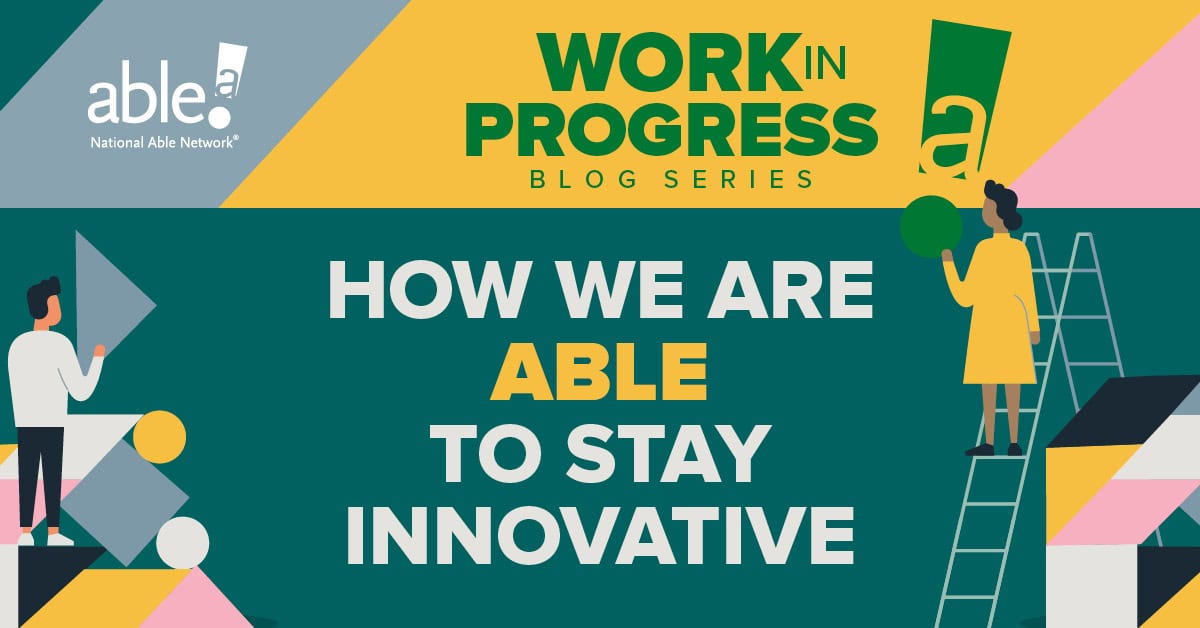Most of Able’s funding comes from the federal government in programs such as the Workforce Innovation and Opportunity Act (WIOA) or the Senior Community Service and Employment Program (SCSEP).
Because these programs were created by acts of Congress, they often come with specific activities and guidelines that need to be followed. For example, WIOA requires the establishment of American Job Centers (AJCs), also called One Stops, that act as a clearinghouse for employers, career coaches, training resources, and more.
The activities and guidelines established by legislation are a good blueprint for workforce programs — but they can also stifle innovation by being overly-prescriptive and unaware of local realities.
Given these opportunities and challenges, how does a local workforce agency like Able stay innovative in its program delivery?
Part of the answer lies in reading between the lines of whatever the legislation requires. To use the AJC example above, the WIOA legislation does not say how a center should be laid out, what it should look like, or what kind of technology needs to be available.
In the AJCs Able runs — such as the one in Pilsen, which is also the largest center in the state of Illinois — Able utilizes computer banks, conference rooms, and breakout rooms, and has incorporated an intuitive customer flow design. None of those features were mandated by the legislation, but it has worked well for the customers we serve.
Workforce agencies can also innovate by getting ahead of government requirements, such as by adapting paperwork into a digital format, or convening employers and partner organizations into a productive working group.
Able regularly facilitates an employer advisory group that allows us to talk directly to businesses of every size and ask them what they need. And from our frontline work with job seekers, we hear what they need as well. Combining those sources of information can be a powerful vehicle for innovation.
Able remains innovative primarily by responding to the market and understanding what skills workers need and acting quickly. We maintain relationships with dozens of employers and training partners, and in most cases, can facilitate training ourselves. Keeping our figurative ear to the ground is key to understanding shifting market dynamics and how to best respond to them. What this means for job seekers and businesses alike is that they will always receive dynamic training and employment opportunities.

